Shot beam shed De Haukes
Right next to hiking starting place De Haukes stands an at first sight inconspicuous monument: the bulkhead shed of De Haukes, nowadays best known for the marina near the village. When Wieringen was still an island, travelers from the mainland came ashore here, although it was not until 1892 that a harbor was built.
The bulkhead shed is closely associated with that harbor and was built in 1931. The rectangular building is made of wood and was originally completely black tarred. Today, part of it is painted black. The walls do not consist of closing boards, but of slats, allowing the wind to blow through the shed. Two wooden sliding doors give access to the beams stacked in the shed.

The bulkhead beams are for the coupure or ford in the Westerlanderdijk, which protected the low Westerlanderkoog from high water in the days when Wieringen was an island. Around 1800 it was still a wierdijk, meaning that the earthen dike body on the sea side was reinforced with a wierriem or wierdijk, composed of weed and wood. That weed was actually Big Sea Grass that grew well in the Zuiderzee, especially around Wieringen.
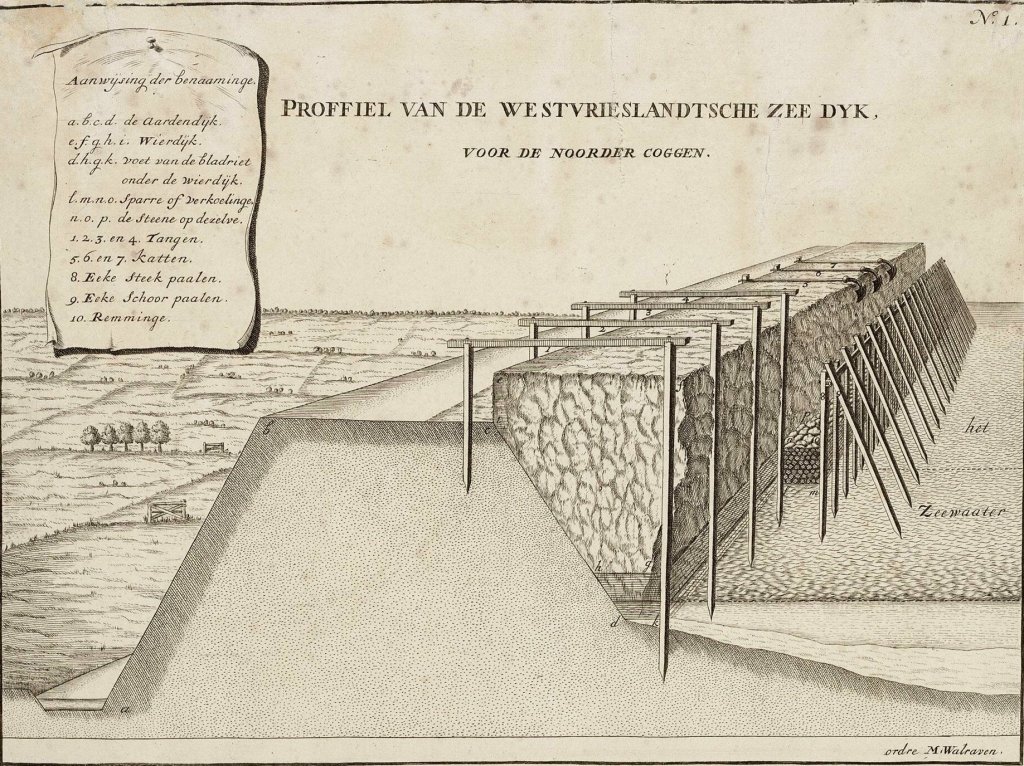
Wieringen was therefore the center of seaweed fishing. Especially in the vicinity of De Haukes were many grounds with Large Seagrass and a lot of seaweed was landed in the hamlet. It was dried in specially built weed sheds. At a certain point, seaweed dikes were no longer built, but until the 20th century dried Wieringen seaweed was much in demand as pillow and mattress stuffing.
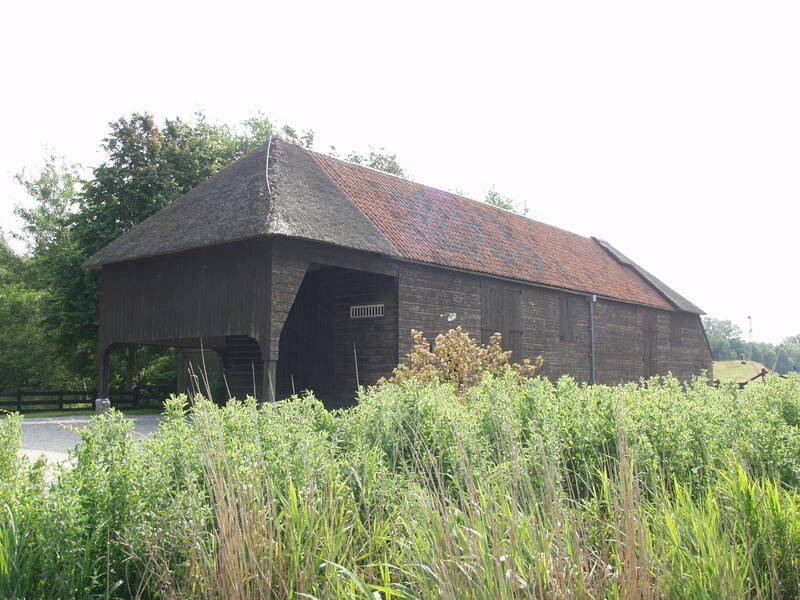
In the course of time, almost everywhere the sea dikes were replaced by earthen dikes with stone slopes, but on Wieringen the sea dikes on the south side of the island remained in use for a long time. In 2020-2021 the only remaining tidal dike between the old island and the polder Waard-Nieuwland was restored. A bicycle and walking route that starts in De Haukes leads over this cultural-historical monument.

When the Wieringermeer had just been reclaimed, a road was built along the new harbor to the just-built Haukes Lock, which connects the Slootvaart in the new polder to the Amstel Lake. From there the road runs further into the Wieringermeer. To prevent traffic congestion, a cutoff was made in the old Wierdijk in 1931. A concrete wall with two slots arose on either side.
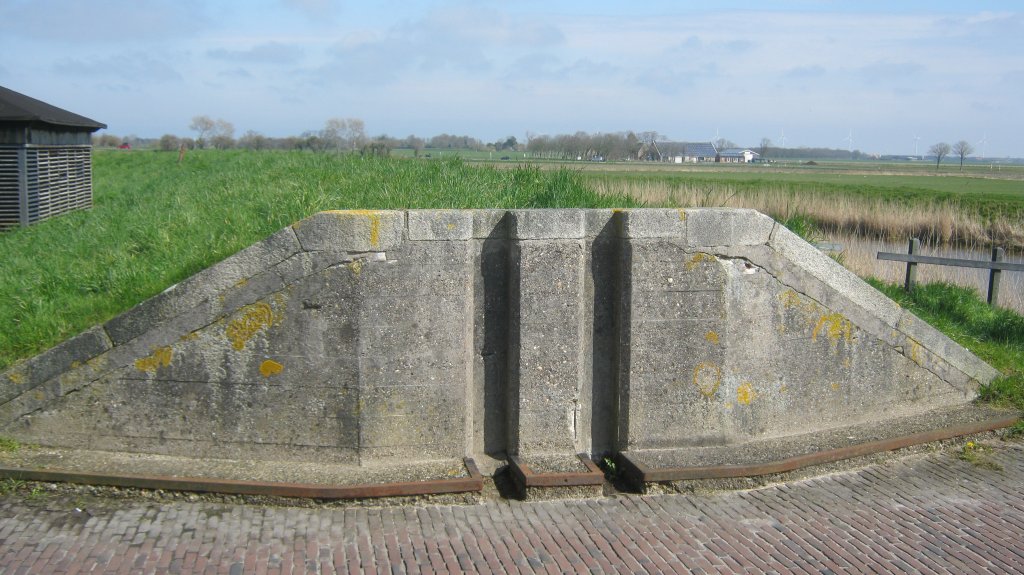
When high water threatens De Haukes, the beams are taken from the nearby shed and lowered into the slots. Other ports also have similar coupures, such as Den Oever, for example. This village's fishing harbor is located outside the dike, but traffic can easily access the harbor area through the coupure. The coupure in Den Oever is reinforced with large doors and can be closed even faster at high tide.
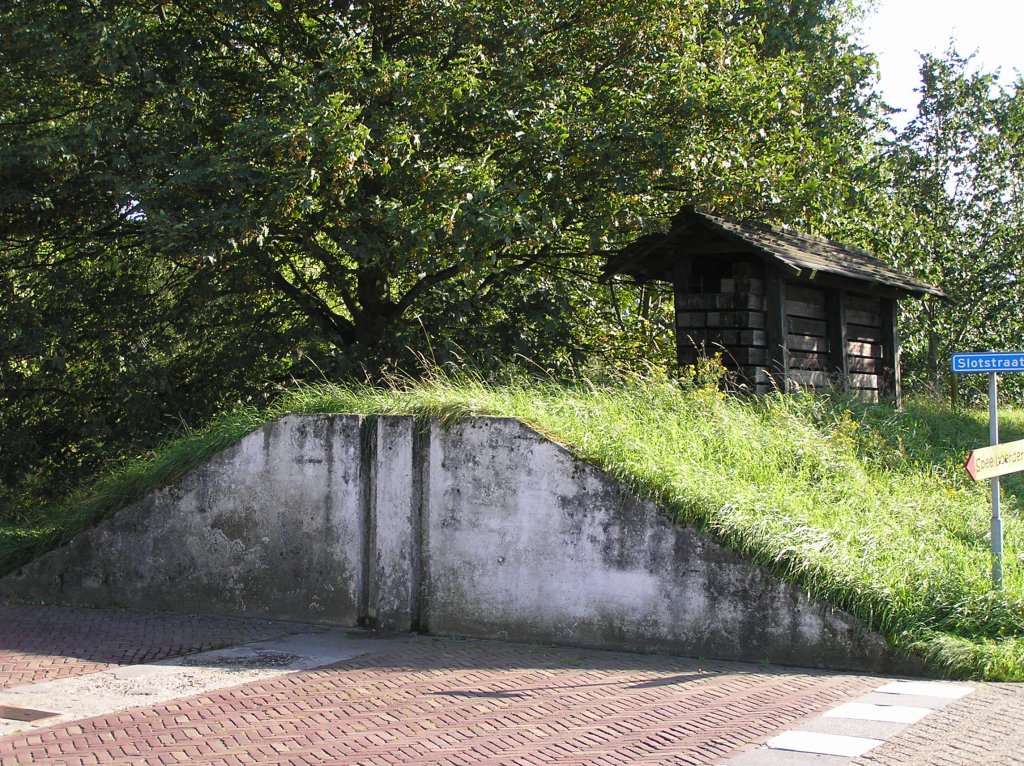
The bulkhead shed at the Haukes is still in use and is tested once a year, in case the level of the Amstel Lake rises too much. Together with the coupure and the dike, the small building forms a functional cultural-historical ensemble. It recalls the time when Wieringen was still surrounded by the sea, and in the harbor of De Haukes not only pleasure yachts but also fishing boats moored.
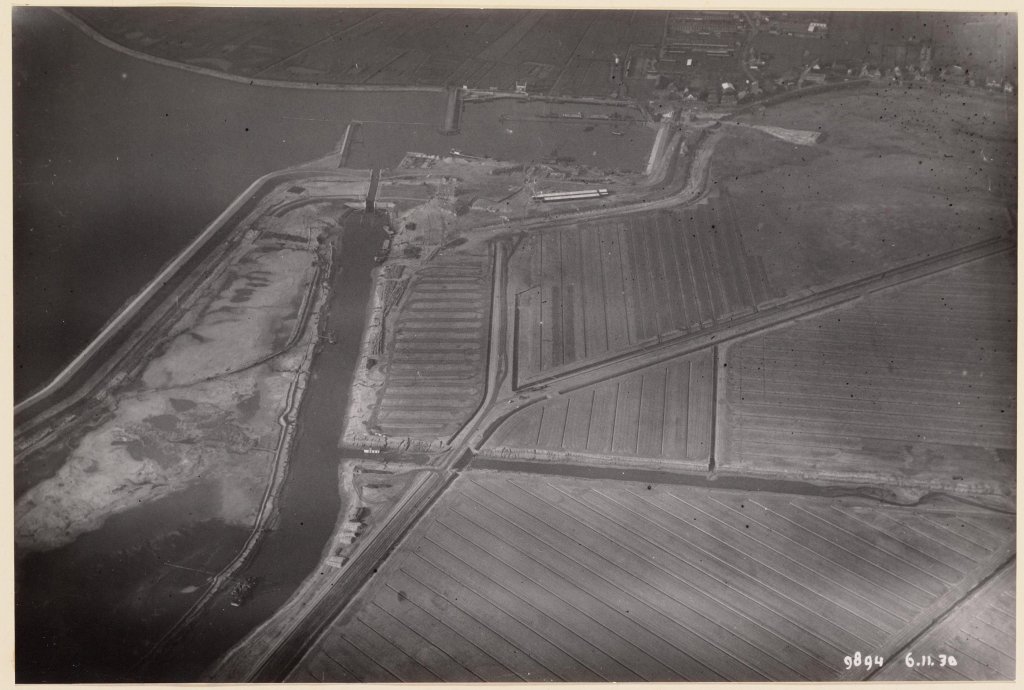
Additional
- This bicycle route through the Wieringermeer and across Wieringen passes the De Haukes bulkhead shed:
- The Dutch Coastal Path 2 passes the bulkhead shed in stage 12.
- Stage 6 of the North-Hollandpad ends in De Haukes.
- There are also three smaller routes with De Haukes as their starting point. The Damroute, the Westerkliefroute and the Postbootroute.